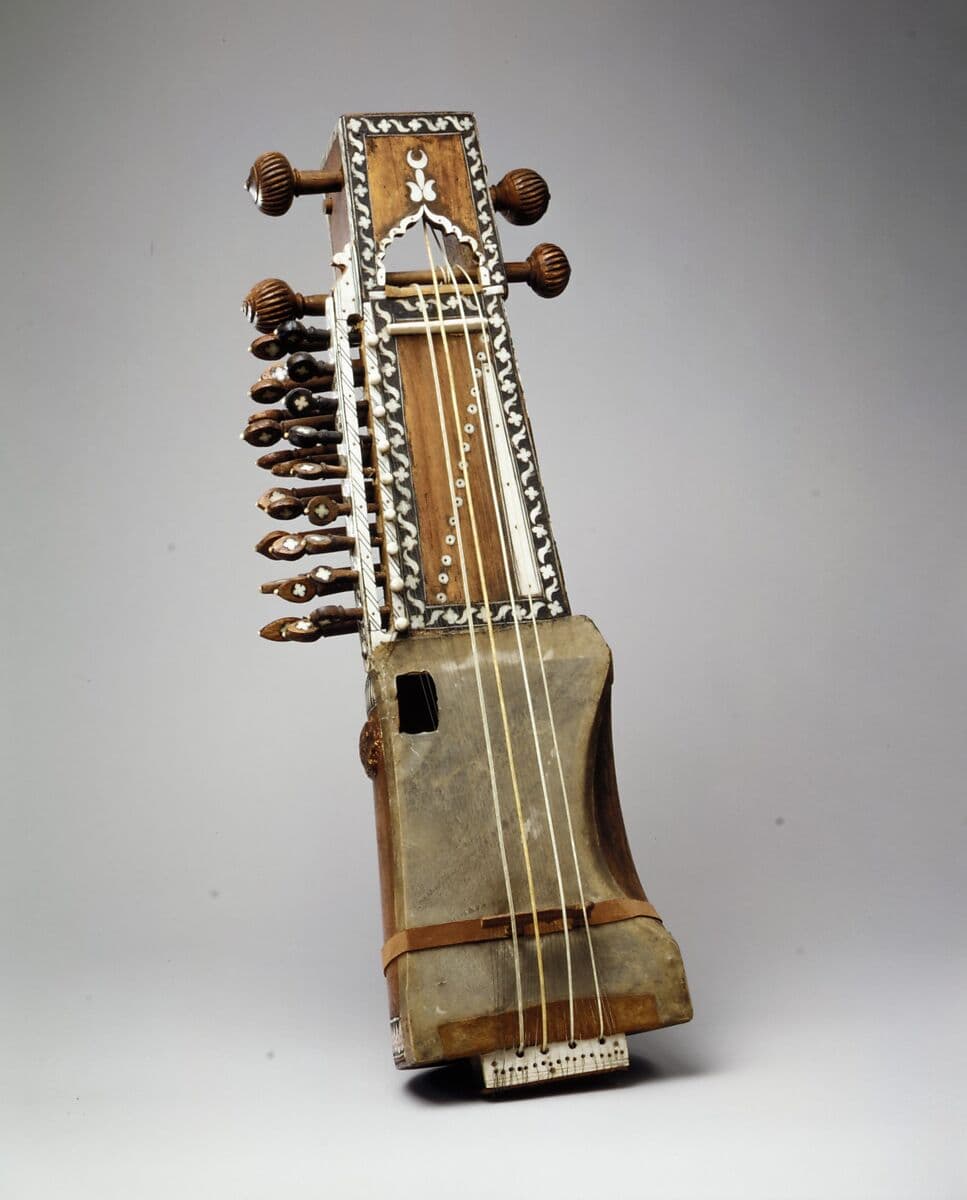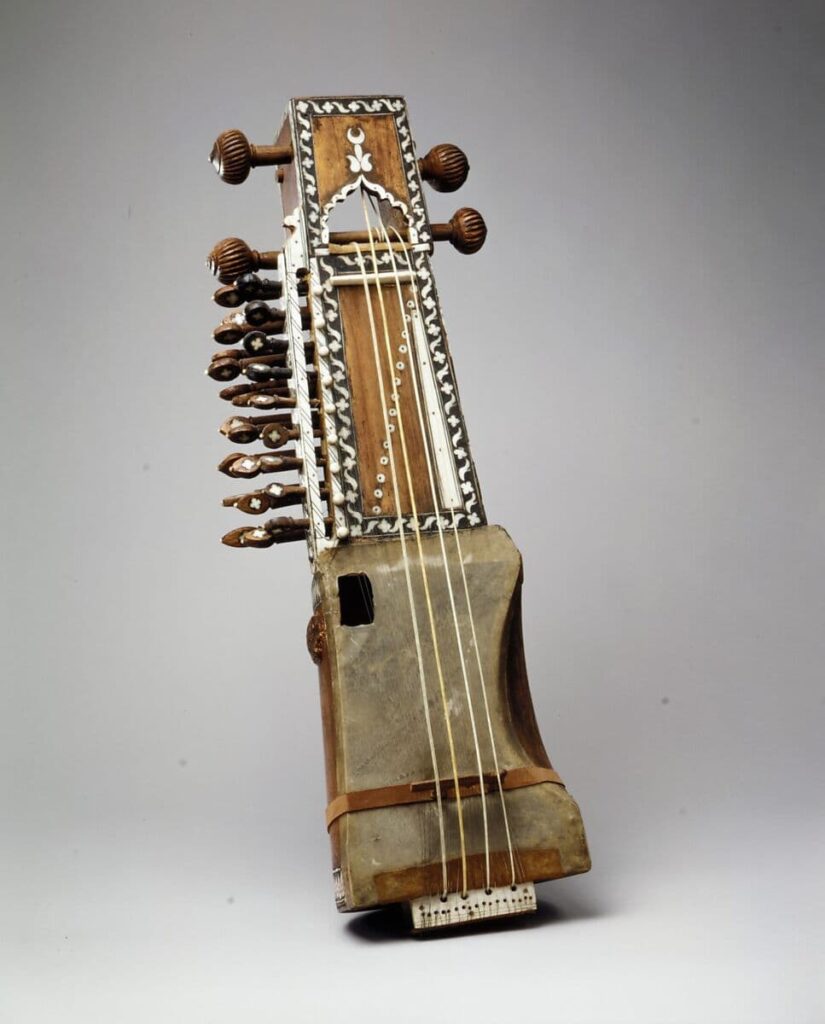

The Effect of Music on the Brain
“The knower of the mystery of sound
knows the mystery of the whole universe”
— Hazrat Inayat Khan
We recently had the opportunity to study the effect of music on the brain in an unusual performance and imaging project. Our friend Samuel Salisbury — who is a master of the Indian sarangi — created a 20-minute immersive soundscape, while we monitored the EEG of a listener. The sarangi is a stringed instrument that is bowed, and has a complement of “drone” strings, so that the instrument produces a uniquely aesthetic and beautiful sound.
We used a new imaging technique in the BrainMaster BrainAvatar software, to create an individualized 3-D brain activation map that showed the brain activity changes that occurred as the listener became immersed in the music We used a new wireless, dry-sensor EEG technology, the BrainMaster Freedom 24, to record EEG without gel, paste, or wires.
This provided a very relaxing and compatible setup, for the performance.
We have posted a video of this performance at: ► SARANGI BRAIN VIDEO
We will be doing more of these performances, and including dance and other art forms, as our continuing interest in art, music, aesthetics, and the brain.
“If music serves to convey feelings through the interaction of physical gestures and sound,
the musician needs his brain state to match the emotional state he is trying to express.
As listeners, there is every reason to believe that some of our brain states
will match those of the musicians we are listening to.”
— Daniel J. Levitin,
This is your brain on music.



